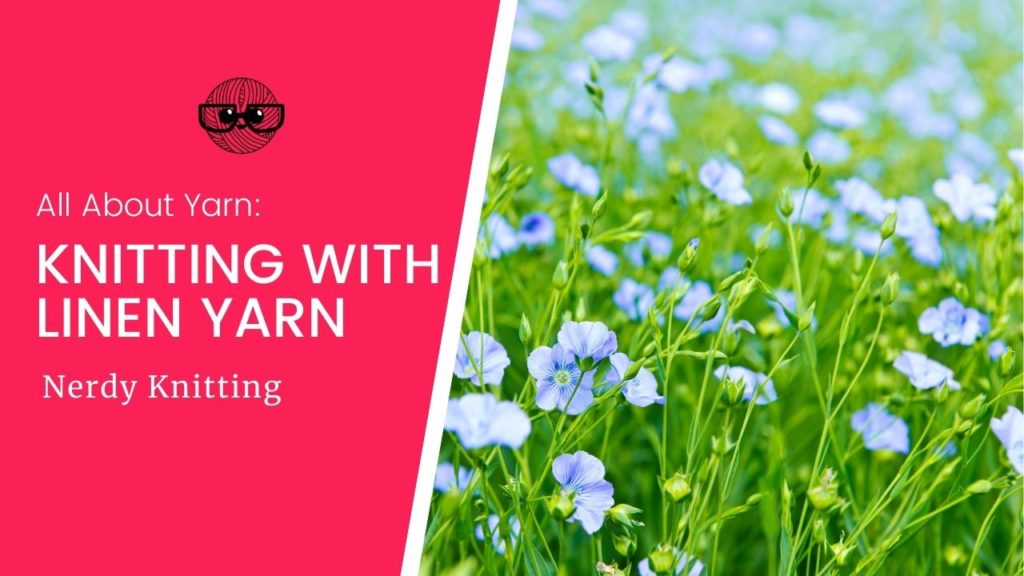Linen yarn is a great choice for knitting (especially for light summer tank tops and tees) but there are a few things you should know before you start knitting with linen yarn. It has some clear advantages that make linen yarn wonderful to work with but it also has some disadvantages that knitters need to take into considering – especially before using linen as a substitute yarn for a knitting project.
In this article we’ll look at a few of the basic things you need to know to make your next linen knitting project a success.
- Basic facts
- Properties of Linen
- Knitting with Linen Yarn
- Choosing Knitting Patterns
- Caring for Finished Projects
- Buying Linen Yarn
- Basic Questions
Let’s take a closer look at each of these areas. Then you’ll know exactly when to choose linen yarn for your next knitting project.
Some links below are affiliate links. If you click through and make a purchase I may receive a small commission at no extra cost to you. See the disclosure policy for more information.
The Basics of Linen Yarn
Yarn fibers can be roughly divided into four broad categories – animal fibers (like wool, silk, and alpaca), plant fibers (like cotton and linen), biosynthetic fibers (like rayon and bamboo), and synthetic fibers (like acrylic and nylon). Linen fall within the plant fibers category because it comes from the flax plant and doesn’t need heavy processing to turn the fibers into a useable yarn (like biosynthetic fibers need).
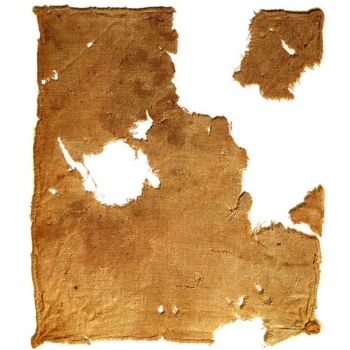
While there haven’t been a great deal of very old textile artifacts discovered (natural fibers deteriorate with time) we do have some that provide some insight into how fibers have been used to create textiles and fabrics. Linen, which comes from the flax plant, is one of the oldest sources of fabric. Fragments dating from 8000 BC offer a glimpse into how it was used in ancient times and some fibers found in a prehistoric cave provide evidence that it may have been used for fabric even further into the past.
Linen may have been used since distant times in the past as a source for textiles, but it takes some work to turn the flax plant into a useable fabric. The outer husk is soaked and then crushed so the inner fibers can be extracted. These fibers, which range in length from 5 to 20 inches, are then spun into useable yarn. The natural color is cream or tan and often left in its undyed state but takes color very well.
Flax plants are grown in temperate climates (with distinct seasonal changes). As knitters, we’re most interested in fiber production, but flax is also grown for the seeds which is used for linseed oil or ground into flax seed meal to be used cooking and baking (and it can even be used as an egg substitute in some recipes). It also uses very little fertilizers and pesticides so it’s a good option for those with environmental concerns.
The Properties of Linen
Linen yarn has some clear advantages and disadvantages that knitters need to know about before they start knitting. Linen is a wonderful yarn for lightweight summer tops and hand towels, but there are times you may want to avoid linen (or select a linen blend instead).
Advantages of Linen Yarn
Linen yarn is a wonderful fiber to knit with. Here are some of the special advantages that linen can bring to your knitting projects:
- strong
- smooth
- moisture wicking
- quick drying
- non-pilling
- anti-fungal & antibacterial
- softens with washing
Linen is perfect for warm weather garments because of its cooling and moisture-wicking tendencies. It softens with time and repeated washings, making garments worked in linen soft with a beautiful drape. Because it has these moisture-wicking and antibacterial properties, it’s also a great choice for hand towels and washcloths.
Disadvantages of Linen Yarn
While linen has some great properties that make it a knitter’s dream, there are some drawbacks that you should be aware of before choosing a linen yarn for your next project. Linen is:
- inelastic
- heavy
- stiff to work with
- wrinkles easily
You’ll commonly see linen blended with other fibers to mitigate some of these disadvantages. When it’s spun into a 100% linen yarn, it’s most likely in a lighter weight yarn because the fibers are so heavy. You may even find a special yarn that uses a different technique to ply or spin the yarns to create a lighter yarn. A chainette yarn construction is commonly used to add some structure to the inelastic nature of linen fibers and helps give it a natural lightness.
As long as the knitter is aware of these disadvantages and keeps them in mind when choosing appropriate projects for their yarn, linen can be wonderful to knit with and makes beautiful hand knit garments or home accessories.
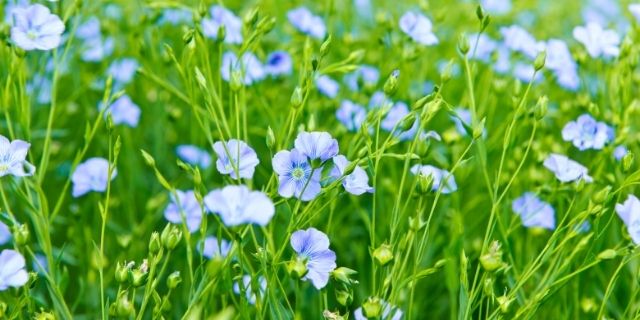
Knitting with Linen Yarn
Linen yarn, straight from the skein, can be hard on the hands while you’re knitting because it feels stiff and because the inelastic nature of the fibers means it has no ‘give’ while you work with it. This is even more evident if you’re trying to work a highly textured pattern – something I wouldn’t recommend. Instead, plain Stockinette or light, lace designs work better (and are easier on the hands).
Discover the Confidence You Need to Fix Your Knitting Mistakes
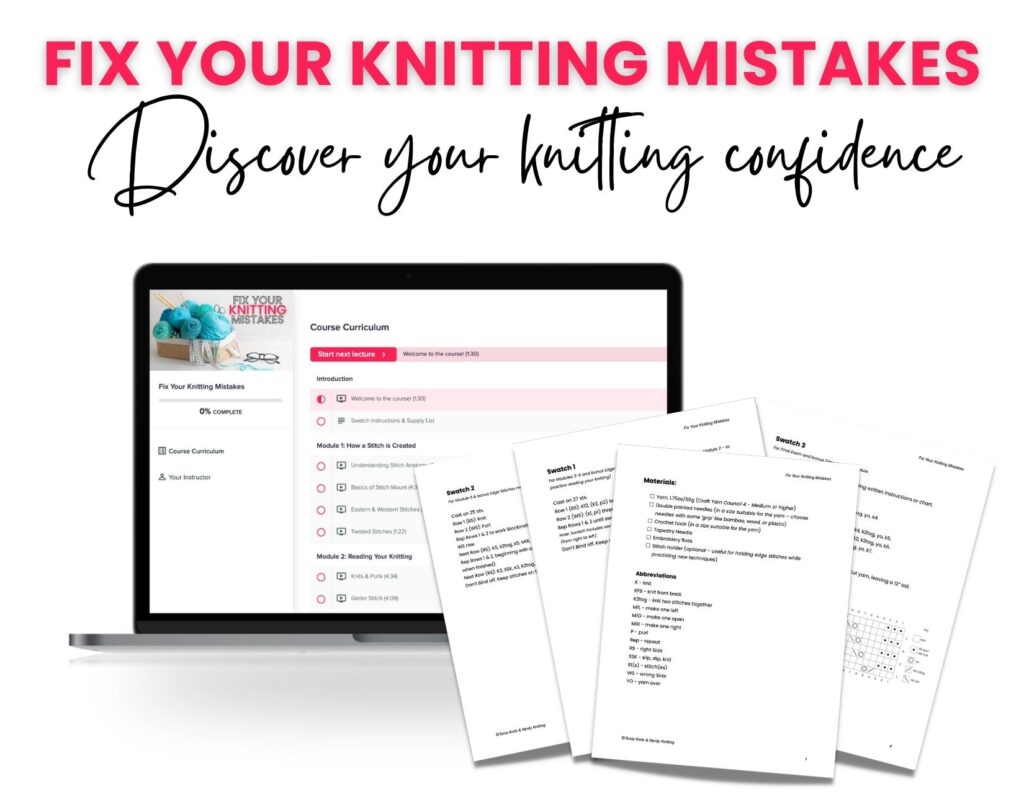
By the end of this six-part self-paced course, you’ll be able to read your knitting, recognize a variety of knitting mistakes, and understand how to fix them.
Choosing the Right Knitting Patterns
Linen yarns have their own distinct advantages and disadvantages as we’ve discussed in the previous section and you will want to keep these in mind when selecting an appropriate knitting pattern for your yarn. The simplest method is to select a pattern that used a linen yarn in the design process for creating and publishing the pattern. The designer would have taken the properties of the yarn into account when designing the garment.
But that doesn’t mean that you can only choose from knitting patterns that specifically used linen yarns during their design process (but it is a good starting place if you are new to knitting with linen). Just keep the disadvantages of linen yarn in mind and follow a few simple guidelines when you’re looking at patterns (especially as it applies to sweaters and tops).
- Look for patterns that use seams – because seams provide additional structure that linen yarn naturally lacks.
- If the pattern is seamless, look for a linen yarn that has some additional structure built in – the construction of the yarn itself (like a chainette yarn which looks like an I-cord) can provide some structure and lightness to the finished garment – or look for a blend that combines linen with other fibers.
- Avoid heavily textured designs (like cables) – the lack of elasticity in linen yarn can highlight tension issues and the heavy weight of linen will cause the fabric to sag.
You’ll want to keep these guidelines in mind when you’re looking for a garment pattern, but you don’t have to be as concerned when it comes to home accessories like placemats or hand towels. Linen makes great lightweight home goods.
Linen and linen blend yarns are great for:
- Summer tank tops and tees
- Lightweight shawls and wraps
- Dishcloths, hand towels, and washcloths
- Placemats
Caring for Projects Knit in Linen
Linen yarns are easy to care for (but you’ll always want to check the yarn labels just in case). They are usually machine washable and can often be put in the dryer as well. It also tolerates dry cleaning. One of the advantages of linen yarn is that it actually gets better with time. The more it’s handled and washed, the softer it gets.
This makes linen ideal for summer garments and home accessories because those items generally need to be washed more often.
Simply wash (the gentle cycle is still a good idea for hand knit garments) and dry (tumble dry on low heat) when needed.
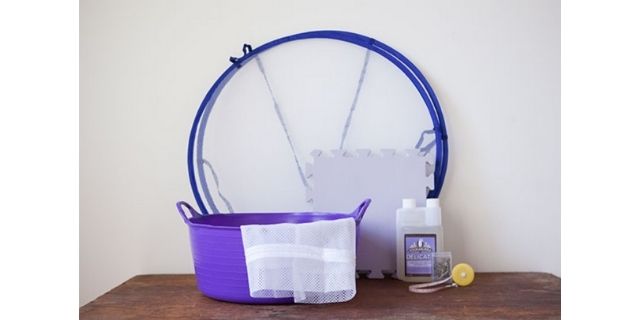
How to Block Linen Knitting Projects
Projects knit in linen yarn don’t need any special blocking techniques. (At its simplest, blocking is just caring for your hand knit garments.) If washing and drying or following the care instructions for the yarn doesn’t produce the result you want or if the project has some lace that you’d like to open as much as possible, wet blocking is a good choice.
Wet-blocking: After washing, pin the garment to its final shape and finished measurements on a blocking mat, being careful to stretch any lace or other openwork designs to showcase them.
Buying Linen Yarn
Linen yarn can be purchased in 100% linen skeins – usually in lighter weight yarns because of the natural heavy weight of linen. But Linen can also be blended with other fibers to reduce some of its drawbacks. When blended with other plant fibers or silk, garments have wonderful drape. When it’s blended with alpaca, there is additional warmth in the final garment.
100% Linen Yarns
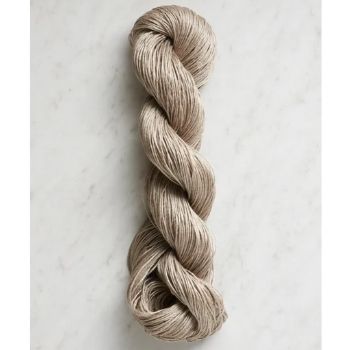
For those projects where you want to use just linen, these yarns fit the bill:
Linen Blends
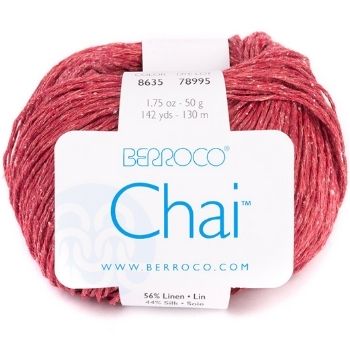
While linen can certainly be used by itself, it works very well in various blends where other fibers can mitigate some of the disadvantages that come with knitting linen yarn. When it’s blended with cotton it makes a perfect summer weather top (cotton adds softness while linen gives beautiful drape – after it’s washed, of course). But linen can also be blended with other fibers like alpaca or silk to create a lightweight yarn that makes beautiful garments and shawls with wonderful drape.
Here are a few linen blends to try:
- Berroco Chai
- DMC Natura Linen
- Rowan Creative Linen
- Knit Picks Lindy Chain
- Knit Picks CotLin
- Lion Brand Re-Line
More About Knitting with Linen Yarn
If we haven’t addressed all your questions about linen yarn – there are a few more answers that we’ve added here at the end.
Does knitted linen stretch?
Linen is an inelastic fiber so it does not stretch. This can make it difficult to knit as it feels hard on the hands. Just take care to work loosely as you knit.
How do you soften linen yarn?
While linen can be difficult to knit with because it can feel rough and inelastic, continued washings will soften the fibers. If you want to soften the yarn before knitting, wind the yarn into a hank and soak in lukewarm water for thirty minutes, allow to dry, and wind the yarn into a ball.
What is the difference between flax and linen?
Flax is the plant that linen fibers are derived from. The outer husk of the flax plant is soaked and the inner fibers are extracted and spun into useable yarn.
More About Yarns & Fibers
- The Knitter’s Book of Yarn by Clara Parkes (available at Amazon)
- Yarn Substitution Made Easy by Carol J. Sulcoski (available at Amazon)
- Knits from the Greenhouse by Cornelia Bartlette (available at Amazon)
- Yarn Garden: 30 Knits Using Plant-Based Fibers by J. Marsha Michler (available on Amazon)
Related Knitting Articles
- All About Knitting Bamboo Yarn: Everything You Need to Know
- The Beginner’s Guide to Knitting with Hemp Yarn
- What You Need to Know about Knitting with Cotton Yarn
- A Beginner’s Guide to Yarn Substitution
